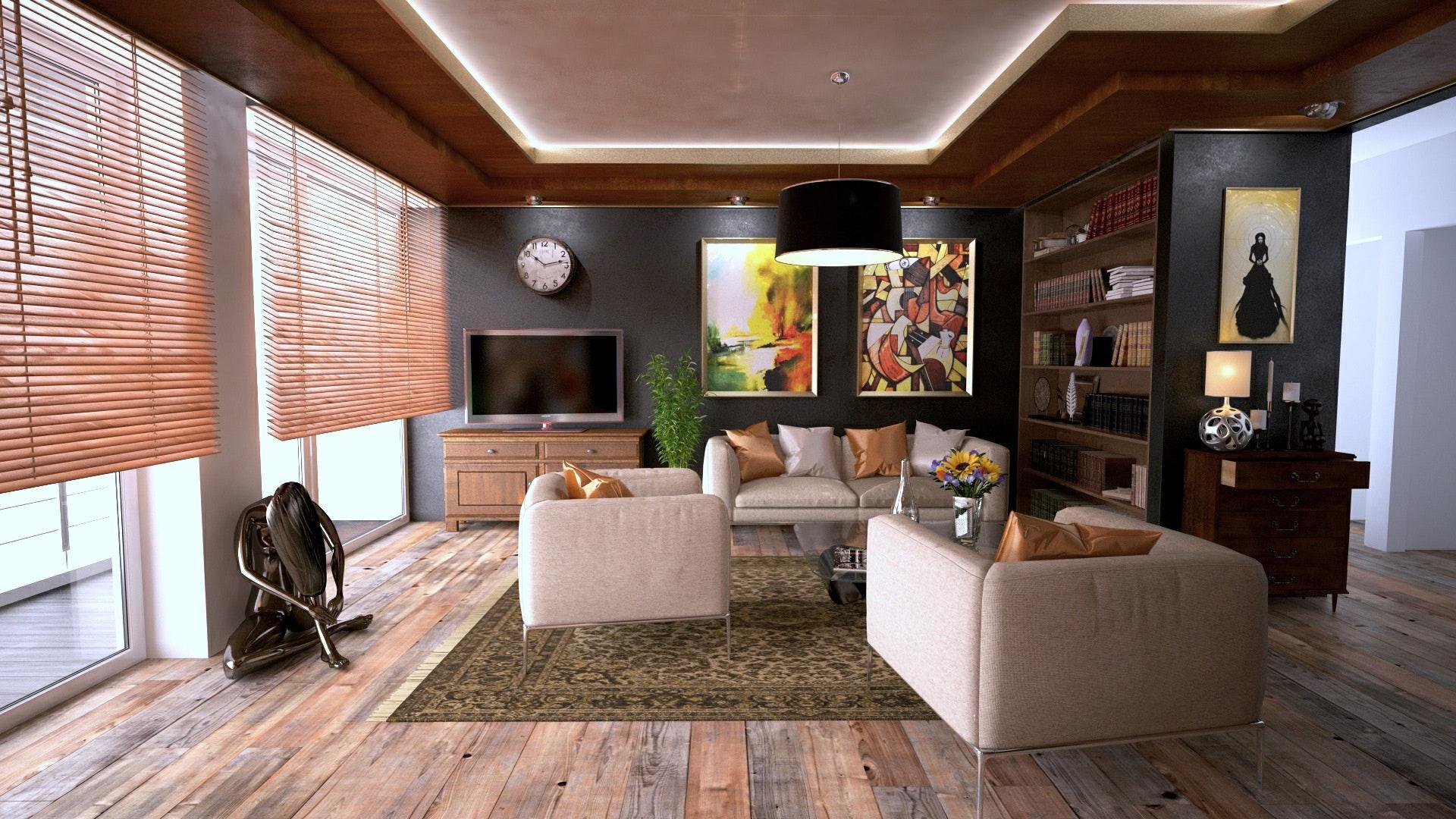Underfloor heating: Advantages and disadvantages of underfloor heating

Have you heard of underfloor heating? Though it has been around for years, in Spain, it is still considered quite novel as home installation is being gradually rolled out and it is still a relatively little-known solution. That’s why it’s worth finding out more about electric underfloor heating and its advantages and disadvantages.
Underfloor heating is a fantastic resource for heating your home more sustainably. Not only do we become more environmentally friendly by adopting this option and saving energy, you’ll also see the effects reflected in your monthly bills, meaning savings for your wallet – which is never a bad thing. It also helps us to maintain an ideal temperature in the home.
How does underfloor heating work?
Underfloor heating is a heating system that uses cables as heat emitters from the floor, with a low-temperature water circuit system operating at around 30-45 degrees (bear in mind that in traditional heating systems, the water needs to reach a temperature of between 80 and 85 degrees).
What’s more, the circuits transporting the water are very thin, meaning that only a very small amount of water needs to be moved around. As a result, the energy needed to heat or cool this water is very low, which makes this a system that minimises energy consumption.
Types of underfloor heating
Here, we’ve focused on underfloor heating using water cables, but two other types are available:
- Using carbon fibre, where the heat comes through carbon-fibre filaments placed under the floor.
- Electric underfloor heating, transmitted using an electrical system also located under the floorboards.
On top of all this, it’s important to understand the advantages and disadvantages of electric underfloor heating.
Underfloor heating and its advantages – use much less energy!
Opting for a home with underfloor heating offers several advantages, such as savings, sustainability and comfort. But that’s not all – there are a host of other benefits worth recognising:
- It is bi-functional: it can be used to heat in winter and also to cool in summer, meaning that, with just one system, your home will be kept at the right temperature in both winter and summer.

- You’ll save on the space that radiators and other heating equipment take up as it is all contained under the floor. To install it, you just need a built-in hydraulic-manifold cabinet. This makes it ideal for small areas.
- Underfloor heating can use up to 20% less energy than a traditional heating system, which will be reflected in your energy bill.
- With underfloor heating, heat and cold air radiate from the floor. As the temperature at your feet is higher than the air around your top half, this offers a fantastic sensation of thermal comfort. Heat distribution is more even, no longer reliant on the location of radiators.
- It is a healthier, hypoallergic solution with no air currents moving dust around. It prevents dryness and low humidity, which can lead to the appearance of mites.
- It is a sustainable option thanks to its low energy consumption.
Disadvantages of underfloor heating:
It has to be said. Just as there are advantages, using underfloor heating does have some disadvantages that you need to bear in mind if you want to install it:
- Installation costs: even though energy consumption is low and it is usually quite a profitable option, installation requires a higher initial investment compared to other heating systems. The price will depend on the particular characteristics of each home or space in which it is to be installed.
- Thermal inertia: an underfloor heating system takes slightly longer to heat or cool down than other similar options. However, this is compensated by the fact that the temperature remains the same for longer after it has been switched off.
- Condensation: another disadvantage of underfloor heating is that if you choose this as your cooling system, you will constantly need to control the level of humidity within the space in order to prevent condensation. To do so, ask a technician which is the best option for your home based on location, size and characteristics.
- Technical complexity: despite the advantages mentioned above, another potentially unfavourable point with this system is its maintenance, as it entails a higher degree of technical complexity. That’s why the best option is to call a qualified professional with the necessary experience for installation and maintenance, who can offer you the necessary recommendations if you have any questions or if any problems arise.


